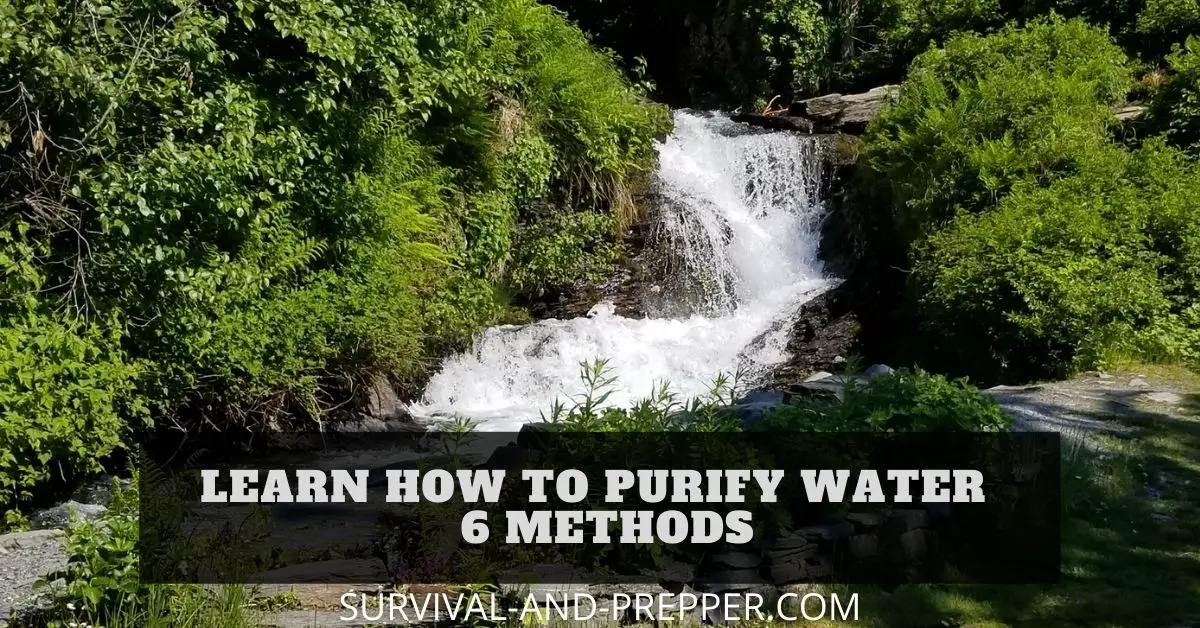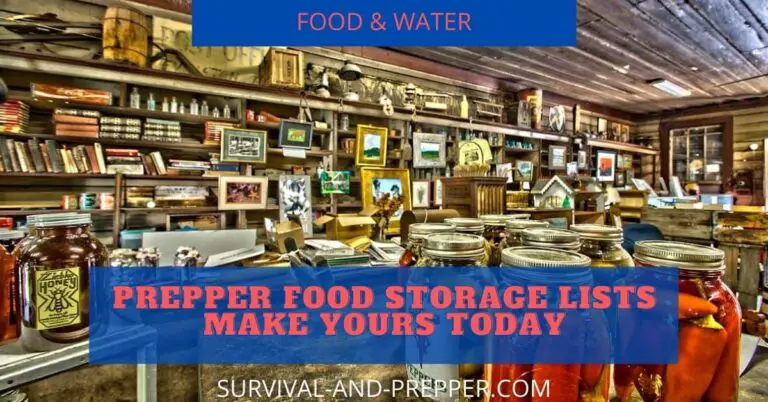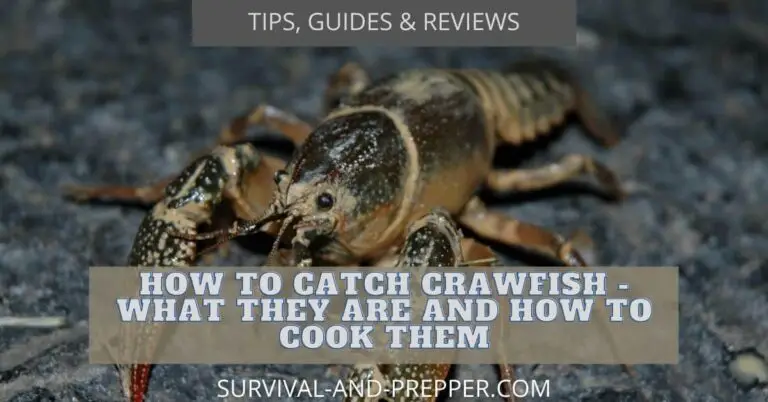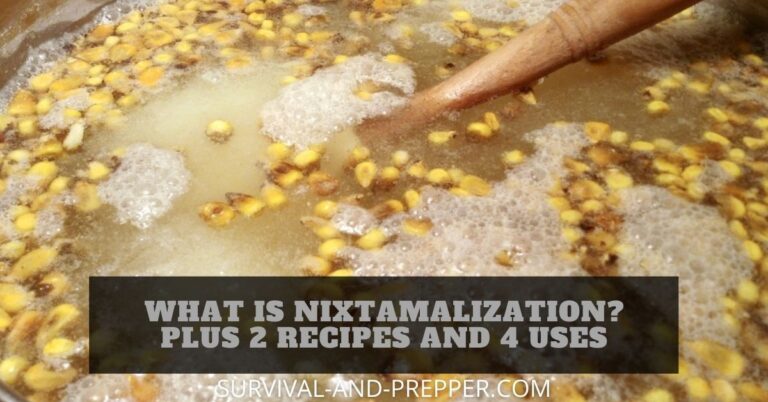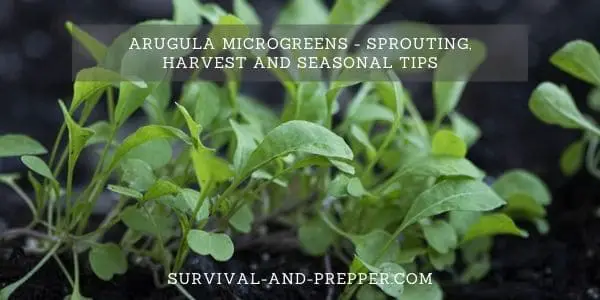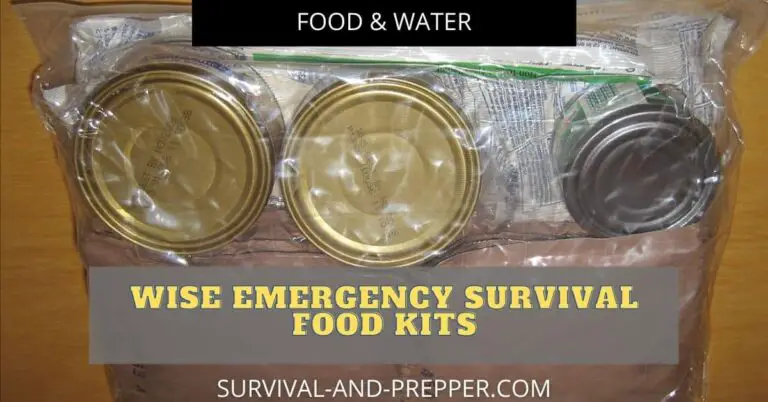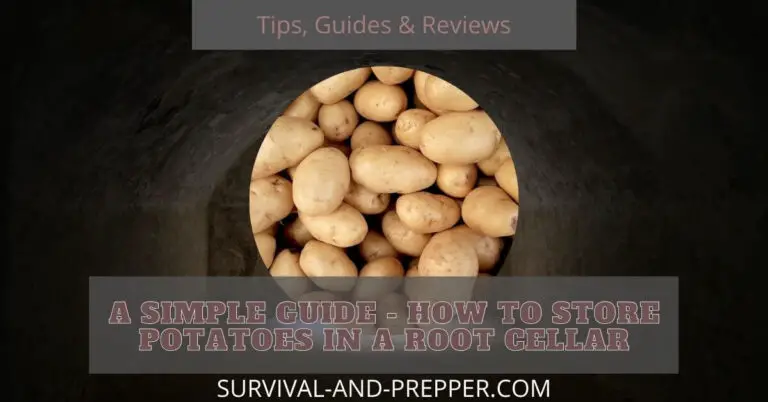Learn How to Purify Water – 6 Methods
It is often said that you can live for weeks without food but only a matter of days without water. This is why we are going to discuss how to purify water. Do you know how to obtain safe drinking water if something was to go wrong? The things that could interrupt your access to safe drinking water are innumerable. If you reside in the united states your probably use to obtaining your water from either a well or piped to you by your local government/water authority.
How long does bottled water last?
Even in the case of the recent Coronavirus situation or the storms that swept the south east there were times when fresh water became scarce. A power failure could limit your ability to operate a well, or contamination of the local supply through a broken pipe could make it unsafe to drink your tap water.
Then there are additional times such as when out in the wilderness and camping, or on a long car trip through a sparsely populated area and your vehicle breaks down. As you can see there are several times that this could become an issue.
So here are six tips on how to safely purify water. The methods that we are going to discuss include boiling, filtering, iodine tablets, chlorine purification, solar disinfecting and distilling.
Boiling – The first method in how to purify water
Boiling is often the first method that comes to mind when people discuss purifying water, it is very effective but does come with some downsides as do most of the other methods as well. With boiling you eliminate most bacteria, viruses and protozoa. However, it will not eliminate salts and heavy metals.
If the water appears cloudy or even muddy then filter it through a cloth or coffee style filter several times if possible. Then heat the water to a rolling boil. Some people suggest to boil for a minimum of ten minutes. However the Environmental Protection Agency indicates that one minute, or three minutes if above 5000 feet, is sufficient.
The main draw back to purifying water in this method is the need to create a fire. This could prevent its own difficulties in a survival situation. The other difficulty is the difficulty in purifying large quantities. Unless you plan on burning your bathtub it will be difficult to get more than a few quarts at a time in this manner.
Purification by using Chlorine
Another option that has the advantage of being nearly instantaneous and able to be rapidly expanded to large amounts of water is purification by using chlorine. According to the CDC the use of chlorine is not as effective a method as boiling but it can kill the majority of organisms present in water.
It is recommended that you use clear water if possible. Clear water can be obtained by either filtering the cloudy or slightly muddy water through clean cloths several times. If that is not an option then allow the water to sit undisturbed for a while. Then siphon the top clear layer off. You can repeat this process a few times if needed, to remove most of the sediments, though it is unlikely you will be able to get muddy water completely clear.
Once you have your sediment free water then you will add 1/8th teaspoon or about 8 drops of chlorine per gallon and allow it to sit for at least thirty minutes. It is important to note at this time that you want to use unscented liquid household bleach. Avoid the use of chlorine with any additional additives, sodium hypochlorite is the active ingredient and is the primary ingredient for the purification to work. Also, the water should have a very slight chlorine odor to it, if it does not then repeat the process.
One of the downsides to using chlorine is that it can effect the taste of the water, this can be combated by pouring the purified water from one clean jug to another clean jug and allowing it to sit for a while. Another major downside to chlorine bleach is that it is actually toxic if you consume to much. This is why it is important to follow the listed dosing guidelines.
Iodine Tablets – How to purify water with them
Iodine Tablets are similar to chlorine in that they purify the water by a chemical reaction which kills a majority of the bacteria and viruses contained within the water. You can purchase Iodine in tablets, crystals, or as liquid iodine. Tablets tend to be preferred by many hikers and survivalists due to their ease of use. Just like bleach though Iodine can be harmful in large amounts and so while it will work in a pinch this should not be your only, or even primary source of water purification.
In order to use Iodine to purify water you need a clean container to store the water in. with liquid Iodine you will use 2 drops per quart of clear water or 10 drops for cloudy water. With Iodine Tablets its generally one tablet for two quarts of water, though verify that on your package directions. In either case, once the Iodine has been added you should let the water sit for at least 30 minutes after mixing.
(Iodine crystals are no longer available in the United States.)
Iodine Tablets and Drops on Amazon
Filtering Water With an Actual Filter
More recent advances in technology have enabled the production of small portable water filters, these tend to be more expensive than the above options; however, they provide a much faster access to purified water in most cases. These range from small devices to whole house filters. It is important that you familiarize yourself with what the filter actually removes though. Many commonly available filters only remove large sediments and may not be effective for bacteria.
A popular option for camping, hiking and bug out bags is Lifestraw or the Sawyer Mini. Both of these are filters in a straw form and allow you to drink directly from the source. Both tout that they remove over 99% of the bacteria in the water and many other particles as well. One thing I did observe from numerous comments though is that neither will remove salt from water. So you will still need another method in order to purify salt water.
If you decide to go with larger filters for an extended survival situation make sure to consider that many times a particle filter will remove the heavy metals and sediments and but not bacteria and viruses. At the same time, a bacteria filter will most likely not remove the heavy metals. This is one reason that it is common for whole house systems to have multiple filters.
Solar Disinfection – What is it and how to purify water with it?
Solar disinfection was developed in the 80’s as an inexpensive method to disinfect water. In 1991 it was evaluated as a potential way to prevent diarrhea in developing countries.
This method is not as effective as other methods, however it can greatly increase the safety of the water over non-treatment. If the water contains visible contaminate or is very cloudy then it will need to be filtered through a clean cloth several times.
Once you have relatively clear water then place it in a clear plastic bottle. One to two liter soda bottles work well for this as long as they are clear. Once filled with water place the top on and shake well to oxygenate the water. These bottles are then left on their side in full sun for at least six hours. If it is cloudy then they need to be left in the sun for two days.
The UV radiation coupled with the heat destroy most of the disease causing bacteria. The CDC indicates that this method can reduce bacterial content by as much as 86%. It also points out that this method is used by nearly two million people in twenty eight developing countries.
While I don’t suggest using this as your main water source, it does provide an option if SHTF. You would be able to survive something happening to your water supplies.
Distilling – No I Don’t Mean Whiskey
The final option I am going to discuss is distilling the water. This is likely the most difficult method of the group to successfully do. However, it is also the best way of removing basically everything you do not want in the water.
It works by turning the water to steam and then re condensing the water and collecting those droplets. This can be done either by boiling the water. You could also enclose it in glass or plastic and using the sun to evaporate the water. The water will then condense on the plastic or glass and can be directed into a secondary container.
7 Survivalists Tips for fishing
The downsides to this method is that it takes more equipment and more time to construct. However, the purity level is way above that of other methods. You can also use this method to purify salt water, river water or any other source.
Why you should consider Prepping.
Thanks for checking out these tips on how to purify water. I hope you learned something and if you did then please share this article with someone else. While your here make sure to sign up for my newsletter and check out some other articles.
